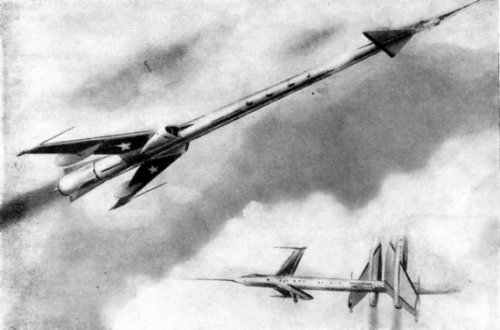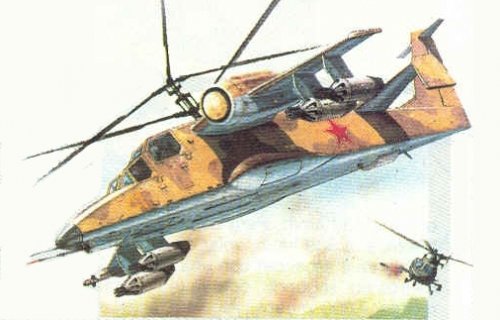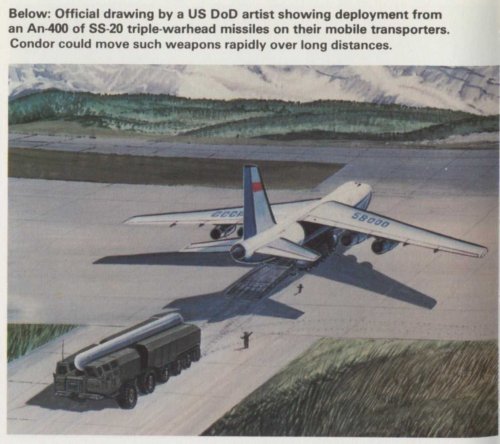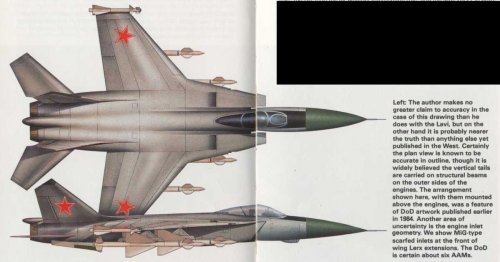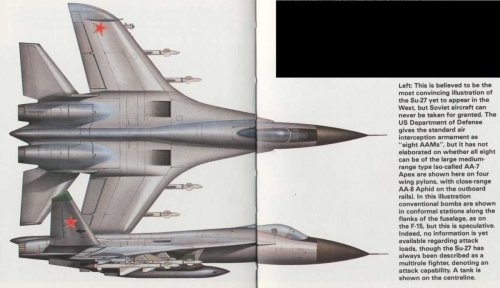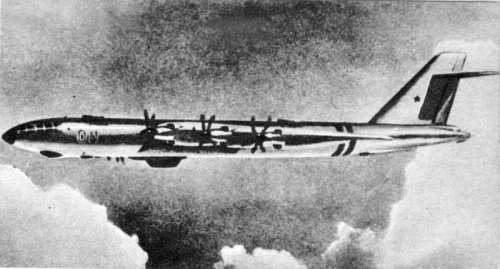JC Carbonel
ACCESS: Secret
- Joined
- 7 September 2006
- Messages
- 224
- Reaction score
- 176
It seems that in his presentation of the "Aviation week" Russian pseudo-Atomic plane, Matej used this page :
http://modelstories.free.fr/histokits/A-plane_P/page7.html
but he forgot to copy the other picture in that page which puts the whole affair in a totally different light. This is an editorial from the French magazine Aviation Magazine dated January 1st 1959 (hence the following week after Aviation Week article).
here is a rough translation :
" Fakes bringing gold :
we don't want to say the Russian A-plane does not exist. Our very own sources tell us that the Russian engineers put a big effort regarding this subject. But to swallow the super-bomber "discovered" by Aviation Week it needs a bold step.
We will therefore take this opportunity to reveal the politico-budgetary undertones of this question. Everyone will recall how , five years ago, Aviation Week did a big detailed article about the new Russian super-bombers Tu-200 and IL-38,(which never existed). This astonishing article was published just days before the Congress discussed the budget of the Strategic air Command which at the time was menaced by severe budget cuts. Thanks to this article and the said Soviet menace, the SAC budget became taboo.
Now , december 1958, aviation week reveals in exclusivity a Russian atomic bomber...
And we just have to reprint what our colleagues of "le Figaro" [a top political evening newspaper in France] said : by a remarkable coincidence , this affair happens when President Eisenhower has announced his will to reduce defense spendings and will today -december 2nd- review the military budgets in the National Security Council.... many interests are then to be discussed which would be served by the announcement of another "triumph" of the Soviets.
Mr Mac Elroy the Secretary of Defense is sceptical. He ought to be when seeing the drawing of the said A-plane which Aviation Week has largely distributed through many press agencies. The artist who drew it could at least have drawn a believable aircraft."
Now if Aviation Magazine did not believe in it , the model manufacturer Aurora did !

but whatever the model kit , this is very interesting in that it suggests the whole affair was not a question of misidentified "Bounder" but really a political scam using a fake aircraft to protect the "militaro-industrial complex" interests !!!
JCC
http://modelstories.free.fr/histokits/A-plane_P/page7.html
but he forgot to copy the other picture in that page which puts the whole affair in a totally different light. This is an editorial from the French magazine Aviation Magazine dated January 1st 1959 (hence the following week after Aviation Week article).
here is a rough translation :
" Fakes bringing gold :
we don't want to say the Russian A-plane does not exist. Our very own sources tell us that the Russian engineers put a big effort regarding this subject. But to swallow the super-bomber "discovered" by Aviation Week it needs a bold step.
We will therefore take this opportunity to reveal the politico-budgetary undertones of this question. Everyone will recall how , five years ago, Aviation Week did a big detailed article about the new Russian super-bombers Tu-200 and IL-38,(which never existed). This astonishing article was published just days before the Congress discussed the budget of the Strategic air Command which at the time was menaced by severe budget cuts. Thanks to this article and the said Soviet menace, the SAC budget became taboo.
Now , december 1958, aviation week reveals in exclusivity a Russian atomic bomber...
And we just have to reprint what our colleagues of "le Figaro" [a top political evening newspaper in France] said : by a remarkable coincidence , this affair happens when President Eisenhower has announced his will to reduce defense spendings and will today -december 2nd- review the military budgets in the National Security Council.... many interests are then to be discussed which would be served by the announcement of another "triumph" of the Soviets.
Mr Mac Elroy the Secretary of Defense is sceptical. He ought to be when seeing the drawing of the said A-plane which Aviation Week has largely distributed through many press agencies. The artist who drew it could at least have drawn a believable aircraft."
Now if Aviation Magazine did not believe in it , the model manufacturer Aurora did !

but whatever the model kit , this is very interesting in that it suggests the whole affair was not a question of misidentified "Bounder" but really a political scam using a fake aircraft to protect the "militaro-industrial complex" interests !!!
JCC


